|
Are your readers bouncing from one character’s head to another in the same scene? You might be head-hopping. This article shows you how to spot it in your fiction writing, understand its impact, and fix it.
Rebus pushed open the wrought-iron gate. No sound from its hinges, the garden to either side of the flagstone path well tended. Two bins – one landfill, one garden waste – had already been placed on the pavement outside. None of the neighbours had got round to it yet. Rebus rang the doorbell and waited. The door was eventually opened by a man the same age as him, though he looked half a decade younger. Bill Rawlston had kept himself trim since retirement, and the eyes behind the half-moon spectacles retained their keen intelligence.
‘John Rebus,’ he said, a sombre look on his face as he studied Rebus from top to toe. ‘Have you heard?’ Rawlston’s mouth twitched. ‘Of course I have. But nobody’s saying it’s him yet.’ ‘Only a matter of time.’ ‘Aye, I suppose so.’ Rawlston gave a sigh and stepped back into the hall. ‘You better come in then. Tea or something that bit stronger?’ […] ‘Sugar?’ Rawlston asked. ‘I can’t remember.’ ‘Just milk, thanks.’ Not that Rebus was planning on drinking the tea; he was awash with the stuff after his trip to Leith. But the making of the drinks had given him time to size up Bill Rawlston. And Rawlston, too, he knew, would have been using the time to do some thinking. Anaylsis: Tight third-person limited narration Rebus is the viewpoint character. That means the internal experiences we access are limited to his. For example:
We cannot get in Rawlston’s head. All we can do is consider his internal experiences via his observable and audible behaviour, and his dialogue. For example:
What head-hopping would look like Here’s what that excerpt might look like if there was head-hopping going on:
Rebus pushed open the wrought-iron gate. No sound from its hinges, the garden to either side of the flagstone path well tended. Two bins – one landfill, one garden waste – had already been placed on the pavement outside. None of the neighbours had got round to it yet. Rebus rang the doorbell and waited.
Bill Rawlston walked down the hall and peered through the peephole. Rebus. Same age as him, though he looked half a decade older. He opened the door. Rawlston had kept himself trim since retirement, and the eyes behind the half-moon spectacles retained their keen intelligence. ‘John Rebus,’ he said, a knot forming in his stomach as he studied Rebus from top to toe. ‘Have you heard?’ The question riled him. Was Rebus stupid? ‘Of course I have. But nobody’s saying it’s him yet.’ ‘Only a matter of time.’ ‘Aye, I suppose so.’ Rawlston begrudged letting Rebus in but stepped back into the hall. ‘You better come in then. Tea or something that bit stronger?’ […] ‘Sugar?’ Rawlston asked. ‘I can’t remember.’ ‘Just milk, thanks.’ Not that Rebus was planning on drinking the tea; he was awash with the stuff after his trip to Leith. But the making of the drinks had given him time to size up Bill Rawlston. Rawlston had used the time to do some thinking, too. Rebus turning up here after all those years – it pissed him off. Analysis: Confused narration Notice how we bounce between the heads of Rebus and Rawlston. Now we have access to the internal experiences of both.
In that butchered version, the reader is forced to play a game of ping-pong on the page. Why head-hopping spoils fiction Here are 4 reasons to hold viewpoint rather than head-hopping:
1. Head-hopping renders a story less immersive
In Rankin’s original prose, we are limited to the world of the novel as Rebus experiences it. That’s powerful because every word on the page is a step we take with Rebus, as Rebus. I get to be a male, Scottish detective for a few hours rather than a female, English book editor! In my butchered version, I take that first step with Rebus but then trip and fall into Rawlston. Because I’m bouncing between those characters’ internal experiences, I don’t have time to invest in either. And so I stay as lil’ ol’ me. I do like being me, but when I buy one of Rankin’s books I want to immerse myself in its world for a few hours at a time and dig deep under the skin of the viewpoint character. I can be me without paying fifteen quid for the privilege!
2. Head-hopping diminishes suspense
In the original text, Rankin keeps the suspense tight by allowing us to access only Rebus’s senses. Rawlston’s sombre expression, twitching mouth and curt responses make Rebus (and us) think, Does he want me here? Does he begrudge my presence? What’s going on in his head? Those questions demand answers and we seek them in the clues offered by the limited narrative. Because the limited viewpoint requires Rebus and the reader to make assumptions based on what’s observable and audible, there’s uncertainty. That’s what provides the suspense, and it compels us to keep reading in the hope that the truth will be unveiled. In my head-hopping version, the prose is flat. There are no questions. We know what everyone’s thinking because we’re in everyone’s head. Readers aren’t called upon to use their imagination – both characters’ internal experiences are spoon-fed to us.
3. Head-hopping is less authentic
Head-hopping reminds readers that they are in a story written by an author. We don’t get to suspend belief because the writing won’t allow us to immerse ourselves that deeply. In Rankin’s original prose, we walk through the world as if we are Rebus, and Rebus alone. That’s what happens in real life. I know only what I’m thinking, feeling, seeing and hearing. I can’t be sure than another’s perception is the same. Audio-visual signals help me make reasonable assumptions but I’m only ever in my own head … or Rebus’s if I’m reading a story about him because Rankin knows how to hold viewpoint. In my mangled version of the excerpt, there’s a reality flop. Now I’m everyone, which is ridiculous of course. Authenticity has fallen off a cliff.
4. Head-hopping can be confusing
When a writer head-hops, the reader has to keep track of whose thoughts and emotions are being experienced. When a reader doesn’t know where they are in a novel for even a few seconds, that’s a literary misfire. This is what happens in the head-hopping excerpt. For example, Rawlston walks down the hall and identifies Rebus through the peephole. We’re right with him, in his head. But what follows is jarring. That he reports on his spectacles sitting in front of keenly intelligent eyes is oddly self-aware. Of course, it’s not Rawlston’s perception; it’s Rebus’s. And once we realize that, the prose makes sense. But working that out is not where Rankin wants the reader’s attention. He’s telling us a story and he wants us to read it. That’s why he holds a tight limited viewpoint throughout. Head-hop check Make a list of the characters in a chapter or scene. Identify the viewpoint character. There can be more than one viewpoint character in a book but most commercial fiction authors separate them by chapters or sections. Here’s a quick way to check whether you’re holding viewpoint. Viewpoint characters: What the reader can access
Non-viewpoint characters: What the reader can access
Some examples to show you the way
Summing up Even if your readers don’t know what head-hopping is, by removing it from your novel you’ll give them a more immersive, suspenseful and authentic journey through the world you’ve built. Plus, you’ll ensure they’re reading your story, not trying to work out who’s telling it.
Louise Harnby is a line editor, copyeditor and proofreader who specializes in working with independent authors of commercial fiction, particularly crime, thriller and mystery writers.
She is an Advanced Professional Member of the Chartered Institute of Editing and Proofreading (CIEP), a member of ACES, a Partner Member of The Alliance of Independent Authors (ALLi), and co-hosts The Editing Podcast. Visit her business website at Louise Harnby | Fiction Editor & Proofreader, say hello on Twitter at @LouiseHarnby, connect via Facebook and LinkedIn, and check out her books and courses.
25 Comments
This post helps less experienced authors and editors understand how a third-person narrative viewpoint works in fiction, and the differences between objective and limited.
What is narrative point of view?
Point of view (POV) describes whose head we’re in when we read a book ... from whose perspective we discover what’s going on – and the smells, sounds, sights and emotions involved. Third-person limited POV Along with third-person objective, this viewpoint is the one that most writers find easiest to master at the beginning of their journey. Furthermore, readers are used to encountering it in contemporary fiction. The pronouns of choice are ‘she’, ‘he’, ‘it’ and ‘they’. Third-person limited is so called because it’s a deeper viewpoint that limits readers to a single character’s experience – what they see, hear, feel and think. Readers get to sit in their skin and that provides an immersive experience. It’s as if we’re them. Example: Intimacy and getting under the character’s skin Here are some examples from Mick Herron, Harry Brett and Louise Penny that demonstrate an intimate third-person limited narrative:
The voices are distinctive. It’s not just dialogue that conveys how the viewpoint characters speak and think; it’s the narrative too. However, it’s called third-person limited for a reason. Strictly speaking, what that character can’t see or know shouldn’t be reported. In the above examples, we’re left with questions – of destination in the first, of the origin of a smell in the second, and of the nature of the journey – because we don’t know any more than the viewpoint characters. Third-person limited is effective because an author doesn’t want to give everything away at once. The limitations over what can be known, and therefore divulged, allow the writer to control the unveiling of information via the viewpoint character. Recommendation I recommend you stick to a single character’s POV per chapter or section to avoid confusion or interruption. Mittelmark and Newman (p. 159) offer this wisdom:
Sometimes an author slips into a different point of view for the space of a single paragraph, or even a sentence. This is especially jarring when the remaining novel is given from the point of view of a single character, whom we have come to regard as our second self. It gives the feeling of a fleeting and unexplained moment of telepathy, an uncomfortable intrusion of somebody else’s thoughts. When the protagonist’s point of view resumes, we move forward into the narrative warily, ready at any moment for a fresh assault on our minds.
That’s worth heeding. It means the reader’s trust has been lost, that they’ve been pulled out of the story rather than drawn further into it. Trickier still is narrative ping pong, where within one section we bounce back and forth between the POVs of Character X and Character Y. Here’s a made-up example that demonstrates how things can go wrong.
Jan ran down the road, her lungs screaming for air. She snatched a glance over her shoulder, hoping to Christ Melody was behind.
‘You okay, Jan?’ said Melody. She’d barely got the words out – her throat was on fire. All she wanted to do was stop, breathe, devour that bottle of water in her backpack bouncing hard against her spine. ‘We’re here,’ Jan said. Thank God. Tears of relief stung her eyes. She’d been worried Mel wouldn’t keep up. Guilt niggled. Would she have gone back for her? She wasn’t sure. The problem with this kind of setup is that it ‘alienates the reader from both perspectives. She is unable to identify with either because there’s no telling when it will be yanked away’ (Mittelmark and Newman, p. 161). In other words, the reader has been prevented from immersing themselves in the character’s version of the story. When you stay in the head of one character per chapter or section, you make your writing life and your reader’s journey easier. Third-person objective POV If third-person limited provides intimacy – allowing us to explore a character’s emotions and hear their voice – third-person objective offers a more neutral flexibility when we need some distance to look around and beyond objectively. Like its limited sister, writers find this easiest to master and readers are used to encountering it. The pronouns too are ‘she’, ‘he’, ‘it’ and ‘they’. It’s a useful viewpoint for the author who wants to convey descriptive information – height, weight, facial expression, environment. If you’re using this POV, practice your observation skills so that you understand how people move from place to place, what they wear, where they live, how they gesture, so that you can show what might be going on in their heads through what can be observed. The same can be said of the objects in your novel. How does light play on water or a brick building at various times of the day? What sounds might be audible in your environment? How do the seasons affect the flora and fauna? Third-person objective viewpoints are powerful because they force a writer to show rather than tell what’s being seen. That’s because we don’t have access to the internal thoughts of a character. Example: A more distant and descriptive narrative Here’s an example from David Baldacci’s The Fix (p. 3) that demonstrates third-person narration as observable description.
Example: Shown-not-told in action Here are some excerpts from Stephen King’s The Stand that demonstrate a close attention to the way things and people behave when observed.
Objectivity allows the writer to explore in detail what would be unnatural for a character to report directly. Remember, we’re not accessing thoughts, opinions and emotions with an objective POV, just the stuff that any onlooker could see, hear or smell. Objective is the key word here. Third-person objective viewpoints should focus on what could be known by a narrator witnessing that scene. When information is reported that moves beyond a floating camera that’s tracking the immediate environs and into a space where the narrator knows more than could possibly be witnessed by the character or the onlooker, omniscience is in play (more on that below). In some genres – crime fiction for example – this can be useful because the reader will be forced to reach their own conclusions as to the reasons for, or motivations behind, a particular event or behaviour. In other words, it’s mysterious. However, it can be distancing if overused and as a result contemporary commercial fiction writers rarely write entire novels from an objective POV because it’s reportage and we can’t get into the characters’ heads. It’s harder to understand what motivates them unless they express it through dialogue. A blend of limited and objective is a more likely choice. Recommendation Use third-person objective POV to create suspense, to make your reader wonder, and ask their own questions, and to provide scene-setting information, but blend with a limited viewpoint for deeper emotional engagement. In the first paragraph of the example below, Baldacci (The Fix, p. 3) uses third-person objective to give us background facts. In the second, he switches to limited to explain the character’s feelings. It’s a lovely fusion:
Cited sources and related reading
Louise Harnby is a line editor, copyeditor and proofreader who specializes in working with crime, mystery, suspense and thriller writers.
She is an Advanced Professional Member of the Chartered Institute of Editing and Proofreading (CIEP), a member of ACES, a Partner Member of The Alliance of Independent Authors (ALLi), and co-hosts The Editing Podcast. Visit her business website at Louise Harnby | Fiction Editor & Proofreader, say hello on Twitter at @LouiseHarnby, connect via Facebook and LinkedIn, and check out her books and courses. The impact of ‘before’ and ‘after’ in fiction writing: Tacit and explicit chronology of action17/2/2020
When the order of characters’ movements is told with the words ‘before’ and ‘after’, there’s a risk that readers will focus on timeline rather than story. That distraction can reduce engagement and dumb down the writing.
Here’s what to look out for and how to fix the problem.
In this article, we’ll look at tacit and explicit chronologies of action, and assess which style of writing is more immersive and why.
Why writers include ‘before’ and ‘after’ The inclusion of ‘before’ and ‘after’ to tell the order of play is not an indication of poor grammar – not at all. There’s nothing grammatically wrong with these constructions.
More usually, it’s an indication of insecurity. The author hasn’t learned to trust the power of their words on the page, or the ability of their readers to perceive the meaning behind those words.
It’s also why writers sometimes use several adjectives with similar meanings rather than one strong one, or an adverbial phrase to fortify a weak verb. Some authors also fear that their writing will come across as too ‘plain’ or ‘simple’. Chronological nudges are an attempt to ornament the prose. Tacit chronology of action The things that we do occur in a sequence; they have a chronology. This is as much the case in real life as it is on the screen, in an audiobook and in the pages of a novel. That chronology is tacit – we don’t need to explain it because it’s understood. Take a look at this excerpt from The Devil’s Dice by Roz Watkins (p. 79, HQ, 2019): Watkins doesn’t tell us explicitly that the shuddering occurred before the laptop was put down, or that the laptop was moved before the character shifted the cat onto their knee. And yet we know. The sequence of events is implied by the order in which she places each clause. It’s tacit.
And that’s the thing with strong line craft – it allows the reader to immerse themselves in the chronology of action by showing us, clause by clause, what’s transpiring, instead of tapping us on the shoulder and telling us. Explicit chronology of action Let’s recast the Watkins excerpt with some explicit taps on the shoulder:
I shuddered before putting the laptop down, then manoeuvred Hamlet onto my knee. After leaning in, I breathed in his subtle, nutty cat smell.
I see this use of timeline nudges frequently in the fiction writing of less experienced authors, and it’s problematic when overused. Here’s why. 1. Some readers might feel patronized Not every reader will notice the use of chronology nudges. But some will, and since no author wants to alienate a chunk of their readership, why push the story over a cliff when we can work out the sequence of events from the order of the words? Telling readers that X was done before doing Y, or after doing Z, is akin to saying: ‘Hey, just in case you’re not clever enough, let me spell it out for you.’ It’s a dumbing-down that readers in the know won’t appreciate. 2. The inclusion is unnecessary If you’re still not convinced, ask yourself whether the inclusion of ‘before’ or ‘after’ as timeline nudges is necessary. It often isn’t. If a character’s shuddering occurs at the beginning of a sentence, the reader will assume that shuddering is what’s happening right now. If a new action follows that shuddering, the reader will assume that – just like in real life – the moment has passed and something else is happening in the new now of the novel. 3. The reader is focused on the wrong thing When writers create immersive fiction, the reader feels as if they are in the moment – this is happening, now that, now the other. ‘Before’ and ‘after’ are distractions that focus the reader on when rather than what’s happening. The former is telling; the latter is showing. 4. There are more words than are necessary Not enough words leaves readers hungry for clarity. Too many gives them indigestion. The artistry comes in the form of balance. As long as the sequence of events can be understood by the reader, consider whether timeline nudges such as ‘before’ and ‘after’ are cluttering your prose.
The power of tacit chronology – more examples
Take a look at these pairs of narrative text, each of which has a shown tacit chronology and an alternative told explicit sequence. Which versions are more suspenseful? Which are most immediate? Which flow better when you read them out loud? I’ve used examples from published fiction for the tacit versions, and taken a little artistic licence – altering them in ways their authors never intended – for the explicit chronologies. In the original version, the ‘and’ between the initial breath and the walk into the kitchen is a fine example of the power of a conjunction. It’s almost invisible, which gives us the space to take that breath with the viewpoint character. And having taken it, we’re ready to go into the kitchen with them. In the edited version, ‘before’ pulls us away from that moment. The tension has fallen out of the sentence.
In the original version, it’s as if we’re in the room, watching the man as he smiles and leans back. There is space for that action to have its moment. Then he blows the smoke – that’s the new moment; we’ve left the other behind. In the edited version, ‘after’ shoves us past the leaning back and smiling before we’ve had a chance to savour it. It’s already gone, even though we’re still reading about it.
In the original version, Crichton shows us the action. Perhaps, like me, you can hear the chunter of the helicopter blades in the air. Who’s in this helicopter? Men in uniform. They jump out. What will happen next? We’re shown: they fling open the door. There’s a sense of order, of clandestine and militaristic precision. In the edited version, ‘before’ saps the suspense from the final sentence. We’re focused on the timeline rather than the action. Summing up The table below summarizes the impact of tacit and explicit chronology on prose.
Take a look at your narrative. If ‘before’ and ‘after’ are telling rather than showing, recast gently and reread out loud. Is the order of play still clear? Is the prose more immersive? If so, there’ll be fewer words but what’s there will be all the richer.
And if you’re worried that your prose will be too plain, think again. Immersive writing allows the reader to decorate the story with their own imagination.
Louise Harnby is a line editor, copyeditor and proofreader who specializes in working with crime, mystery, suspense and thriller writers.
She is an Advanced Professional Member of the Chartered Institute of Editing and Proofreading (CIEP), a member of ACES, a Partner Member of The Alliance of Independent Authors (ALLi), and co-hosts The Editing Podcast.
Flat chapter finales are a fast track to reader disappointment. Here’s how to nail those last few lines so that readers can’t wait to turn the page.
Readers turn the page to find answers to questions. Why did that happen? Who’s responsible? What will happen next?
Unanswered questions at the end of chapters place us in a state of suspense. We’ll try to predict the answers based on the information we’ve been given. We might be proved right. I thought so! We might be proved wrong. I didn’t see that coming! Either way, as long as there’s suspense, we’ll turn the page. Here are some ideas, with examples from published fiction, about how to do it, so that even predictable outcomes are structured line by line such that readers are itching with anticipation. 1. Wrap up the chapter in the middle of something interesting There are two people in a bedroom. They’ve survived a harrowing encounter. And there’s oodles of sexual tension between them. A less confident writer might wrap up the chapter as follows:
‘I’m sorry I shot you,’ she said, and slipped into the bed. ‘But I did it to save your life.’
Mark pulled off his tie and began to undo the buttons on his shirt. They made love, then ordered food and drink – two omelettes and fries and a bottle of champagne – and, after they’d eaten, and drunk, they made love again. [CHAPTER ENDS] The problem here is that the suspense dissipates. Mark begins to undress but we don’t bother to wonder what will happen next – whether he and the woman will have sex, or try to but be interrupted, or do the deed and grab some food. We don’t need to – we’re told. Fear not! This is actually a tweaked version of an excerpt from Solo by William Boyd, Vintage, 2014 (pp. 259–60). Boyd is cannier. This is what it really looks like:
In the real version, we do ask those questions. The artistry lies in the fact that we have to turn the page to find the answers and relieve our suspense. They’re given in the next chapter. A sex scene follows. It’s an interlude – a chance to breathe, for them and us – before Bond leaves and sets up a diversion that will confuse the CIA’s surveillance of him. 2. Wrap up the chapter with foreshadowing Chapter endings that tell of incoming storms are powerful. When they’re short and taut, even better! Take a look at this super example from p. 210 of Clare Mackintosh’s Let Me Lie (Sphere, 2019):
That final line is like a punch in the gut. It begs us to ask: When will he come? What will he do? And how will she protect herself? It’s six words of masterful suspense. 3. Wrap up the chapter with emotional reflection In the The Man with No Face by Peter May (Riverrun, 1981), the protagonist, a journalist called Neil Bannerman, walks into a restaurant and alerts a minister that he has evidence about a government cover-up. That’s the juicy bit. Bannerman then exits, leaving the minister to mull over the revelation. That’s the mundane bit and May needs a way to close the chapter with a pop. Emotional reflection is the tool of choice. Here’s the excerpt from p. 233:
The journos and minister won’t be enjoying their meal but this isn’t an exercise in gastronomy. The end-of-chapter suspense comes in the form of questions: Will there be consequences for Bannerman? How will those play out? Will the minister get his just deserts? 4. Wrap up the chapter with a surprise interruption Another way of wrapping up a chapter when the big stuff has already played out is to introduce some sort of surprise interruption. Perhaps there’s a knock on the door from an unexpected visitor, or an odour that forces the viewpoint character to direct their attention elsewhere. Here’s another excerpt from Let Me Lie (p. 226). Murray, the viewpoint character, has just had a telephone call with Anna, during which he told her that her parents had indeed been murdered. She becomes emotional and commands him to drop the investigation, despite her bringing the case to him in the first place. What would ordinarily be a domestic mundanity serves to show his mood; his shock is so immersive that he’s forgotten everything around him until the alarm goes off. We leave the chapter imagining the shrill noise, the odour of burnt food, the smoke in the kitchen, and wondering what on earth has happened to make Anna change her mind. 5. Wrap up the chapter with a shocking last line There’s nothing better than a final line that the reader doesn’t see coming. Here’s a magnificent example from David Baldacci’s True Blue (Kindle edition, Macmillan, 2009). In Chapter 4, we meet Roy, a young lawyer. He finishes a game of basketball and slopes back to the office where, we learn, he earns a healthy pay cheque by plea-bargaining on behalf of mostly guilty defendants.
Baldacci sets up the whole chapter as just another day at the office. We should know better than to be lulled into this false sense of security, but Baldacci’s narrative is strong enough from the start to convince us this might go in another direction. Maybe Roy is crooked. Perhaps he’s about to be fired. Maybe he’s going to get a phone call telling him he has to go to court and represent someone he’d rather not. What we don’t expect is the wallop when a body falls out of the fridge. And now we have a ton of suspenseful questions. Who is she? How did she get in the fridge? Why was she killed? To find out, we’ll have to turn the page. 6. Wrap up the chapter with dialogue that demands answers One great line of dialogue can close a chapter beautifully. No action beats, no narrative, no response – just the spoken word. It works as an outro when the speech leaves us with questions, and therefore in suspense. Here's an example from New Tricks by David Rosenfelt (2009, Grand Central Publishing, pp. 215–16): The dialogue forces us to wonder: Why has Richard not carried out the redirect? Has some new evidence come to light? How will this affect the case? Rosenfelt doesn’t dampen the suspense by cluttering his prose with the detail of what came next – maybe people in the courtroom looked surprised or confused; perhaps there was an objection, and the judge banged their gavel and announced a recess. Instead, all that stuff is left unwritten – we just imagine it. It’s one line of dialogue and the chapter’s done. 7. Wrap up the chapter in the middle of one character’s speech Here’s Rosenfelt again in Dog Tags (Grand Central Publishing, 2010, pp. 28–9). Unlike in the example above where there’s a natural chapter break because of a shift from the courtroom to the chambers, this time he inserts the chapter break in the middle of one person’s speech. Less experienced authors might shy away from this, but it can work – if it’s an appropriate suspense point that leaves the reader reeling with questions.
That final line is a shock, for lawyer Andy Carpenter and us. Why would a dog need a lawyer? How can such an absurd conversation be happening? We learn the answers to these questions in the next chapter, and that’s exactly where they should be because ‘The government’ is the suspense point that grabs us by the scruff of the neck and demands we keep reading. Do you know when it’s closing time? Like artists who can’t put down a paintbrush, less confident writers sometimes lack the courage to end with one line that evokes questions rather than solutions. Yet that’s what the authors in all the examples above have done, and that’s why their outros are suspenseful and page-turning. If your chapters have a saggy bottom, maybe you haven’t identified closing time. I line edit for an author who writes knockout chapter endings … he just places them 10 lines further up the page than they should be to create a suspenseful finale! When you find yourself stuck, look up the page to find the point that will make the reader think How’s that going to play out? or Why did she do that? or That was a surprise! or Ha! You deserved that. … those few lines that will kick them up the backside and push them forward. If those lines are already there, think about whether they should be moved to the end of the chapter, or whether the prose after them should be shifted (or even deleted). If they’re not there, write them. Think about the very last sentence in your chapter too. How long is it? Your writing style and genre might dictate the style of your final lines but notice how lean the word count is in most of the examples above. The brevity acts like a command: Read me. Pay attention. Turn the page. Summing up Every chapter should end with a pop, regardless of genre. Those last few lines are what the reader remembers before they pause. An otherwise beautifully crafted chapter can be ruined if it flops at the finishing line. Find the suspense point – the lines that make readers ask questions – and use them to wrap up your chapter. And pay attention to the very last sentence. Sometimes less is more. Related resources
Louise Harnby is a line editor, copyeditor and proofreader who specializes in working with crime, mystery, suspense and thriller writers.
She is an Advanced Professional Member of the Chartered Institute of Editing and Proofreading (CIEP), a member of ACES, a Partner Member of The Alliance of Independent Authors (ALLi), and co-hosts The Editing Podcast.
Editorial training is critical. However, when it comes to attracting the attention of indie authors, we need to add value beyond the baseline. This article and free booklet show you why it's worth investing time in standing out.
You’re a professional editor or proofreader and you want to work with indie authors.
Should be a doddle, right? After all, your tutor gave you amazing feedback. Your scores were high, your pass solid. The course was intense – it tested your skills and knowledge to the limit. That’s good because now you’re feeling confident. Fit for purpose and fit for market. And to prove it, you’ve got that shiny certificate. The problem is, you’re not alone. Editorial training – critical but standard The next time you’re in a room or online forum with a bunch of fellow editors, ask them to shout out if they’ve taken editorial courses or carried out continued professional development. Scratch that. Ask those who haven’t to shout out. It’ll be much quieter! The fact is, most pro editors have studied. Which means it’s not a compelling proposition for an indie author trying to work out who to hire. Training is critical – of course it is. It teaches us what we don’t know, allows us to discover our weaknesses and fix them. That way we’re in great shape by the time we start searching for clients. Training is a solid baseline. When it comes to being practice-fit, that’s its strength. But when it comes to attracting the attention of indie authors, that’s also its weakness. The snag with competing at the baseline Imagine walking into a hospital. How impressed would you be to discover that all the doctors have been to medical school? Not very. It’s critical, yes, but not impressive. Rather, it’s expected. The same applies to editors and proofreaders. No indie author seeks to hire an editor who hasn’t learned how to their job. And why would they? That’s no more likely that any of us walking into a hospital hoping there’s an untrained medic on the premises. Our being fit for purpose is expected too. And so, if we want to stand out, we need to add value beyond the baseline. Adding value by solving problems You might be wondering what that value looks like and why it will appeal. The answer comes in the form of solutions to problems. Let’s revisit the hospital. If we or someone we care about is a patient, there’s a problem. And the moment we enter the building, we’re not focusing on the qualifications of the doctors; that’s baseline stuff. Instead, we’re focusing on ourselves or our loved ones, the problem in hand, and whether one of those professional, qualified people in scrubs can fix it. If the medical pros succeed, we feel immensely grateful. And we trust them. When editors solve their target clients’ problems, the same thing happens. Those clients feel grateful and warm towards us. And they trust us. That’s how we add value. The problems indie authors have The problems indie authors have lie in what they don’t know. Their expertise can be found elsewhere – maybe they’re one of those doctors in our hospital. Perhaps they’re a taxi driver or a plumber or a teacher. They have a ton of skills and knowledge related to their professions but they don’t have the skills and knowledge related to ours. That’s great news because it gives us a whole raft of stuff with which to start building our trustworthiness – an online basket of free goodies ... gifts that solve indie authors’ problems and make them feel warm and fuzzy about us. ‘But somebody’s already done that!’ Maybe you’re thinking it’s a waste of time. After all, loads of people have already created online content – blogs, vlogs, podcasts, booklets – about spelling, punctuation, grammar, story structure, line craft, the types of editing, and a thousand other things that indie authors query in Google Search. Trust me – that’s not the point. The point is that when they go searching for that stuff, we’re in the mix. Indie authors do not search for ‘Louise Harnby fiction editor’. They search for things like ‘What’s third-person limited viewpoint?’ If my website’s all about Louise Harnby, I won’t appear in the search engines when an author hunts for information about narrative point of view. If my website’s about viewpoint – and other questions that authors ask – it’s a different story. Content that solves problems enables us to become visible, add value and build trust. The solutions your clients are searching for need to be:
even if other people have already covered these topics in their own unique way elsewhere. Trustworthy added value: 7 ideas Here are 7 ways in which you can add value. Each can be published on multiple platforms, including your website and social media:
Rising above the baseline and the noise The web is big and noisy. Editors and proofreaders who want to attract best-fit authors from within that online space need to be discoverable there. A list of qualifications isn’t enough to cut through. We must add value. When we do so, we show our worth rather than telling it. That’s about trust. We get found, too. And that’s about business success!
Louise Harnby is a line editor, copyeditor and proofreader who specializes in working with crime, mystery, suspense and thriller writers.
She is an Advanced Professional Member of the Chartered Institute of Editing and Proofreading (CIEP), a member of ACES, a Partner Member of The Alliance of Independent Authors (ALLi), and co-hosts The Editing Podcast. Visit her business website at Louise Harnby | Fiction Editor & Proofreader, say hello on Twitter at @LouiseHarnby, connect via Facebook and LinkedIn, and check out her books and courses. |
BLOG ALERTSIf you'd like me to email you when a new blog post is available, sign up for blog alerts!
TESTIMONIALSDare Rogers'Louise uses her expertise to hone a story until it's razor sharp, while still allowing the author’s voice to remain dominant.'Jeff Carson'I wholeheartedly recommend her services ... Just don’t hire her when I need her.'J B Turner'Sincere thanks for a beautiful and elegant piece of work. First class.'Ayshe Gemedzhy'What makes her stand out and shine is her ability to immerse herself in your story.'Salt Publishing'A million thanks – your mark-up is perfect, as always.'CATEGORIES
All
ARCHIVES
July 2024
|
|
|
|


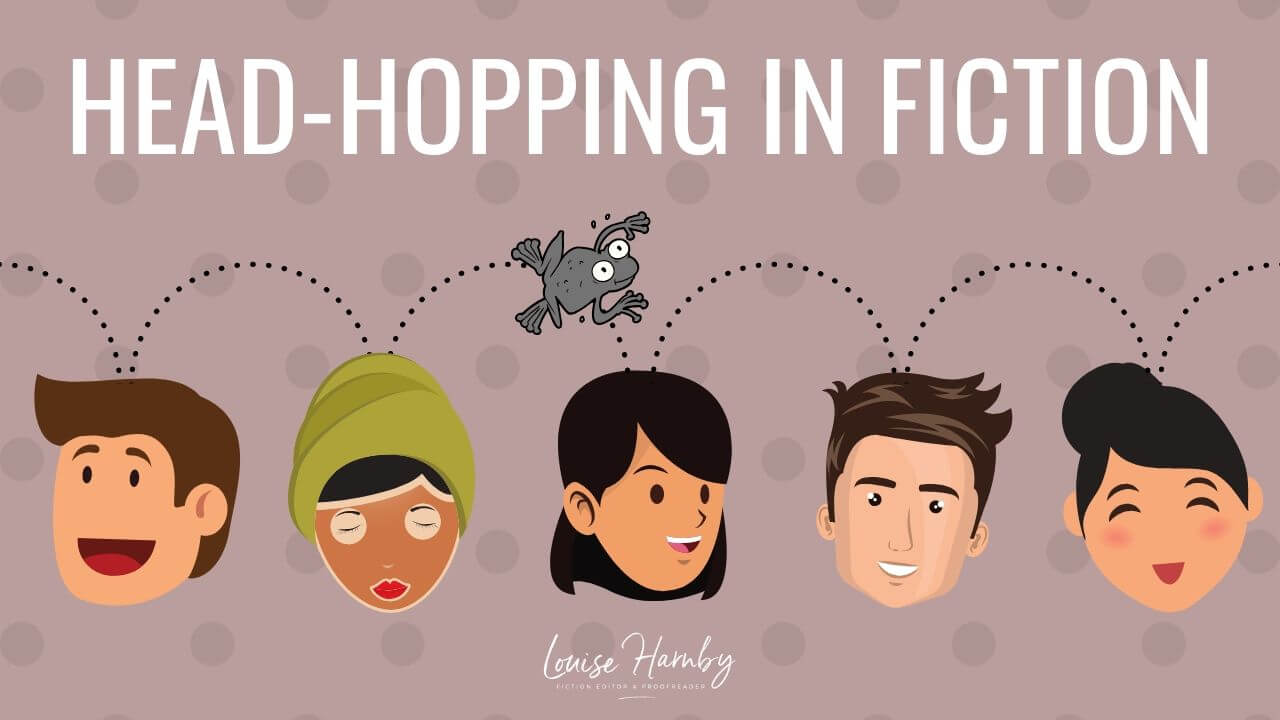
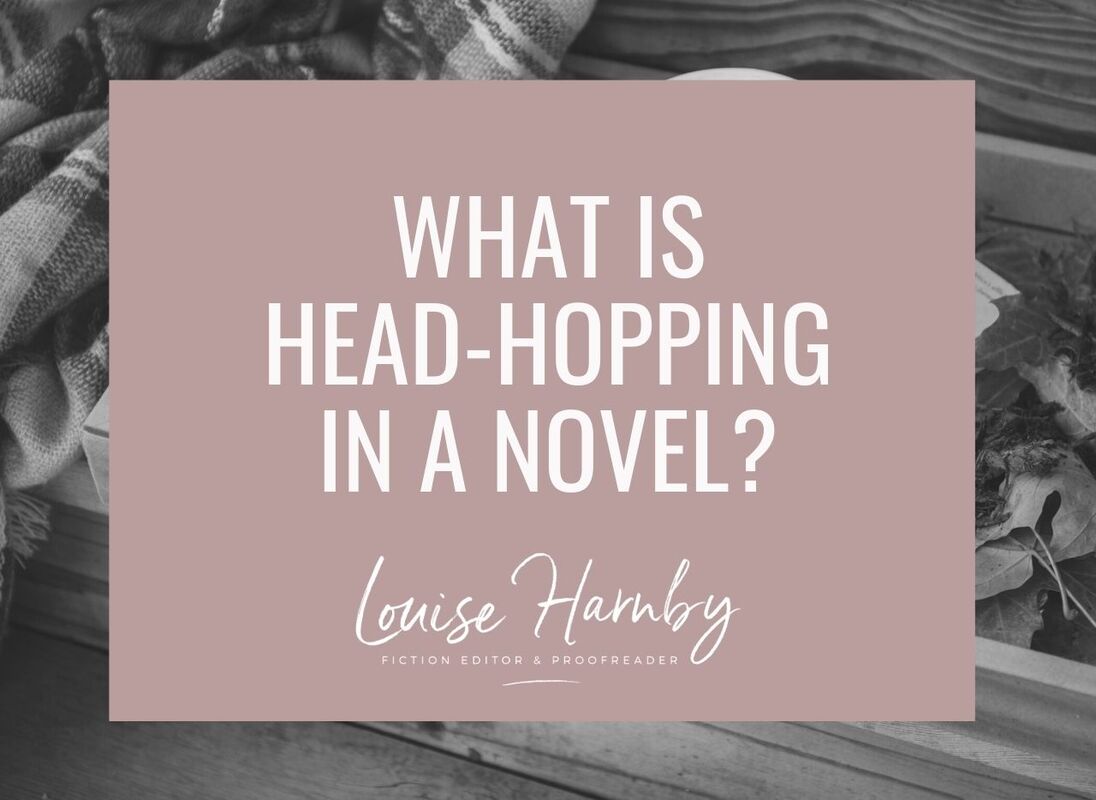

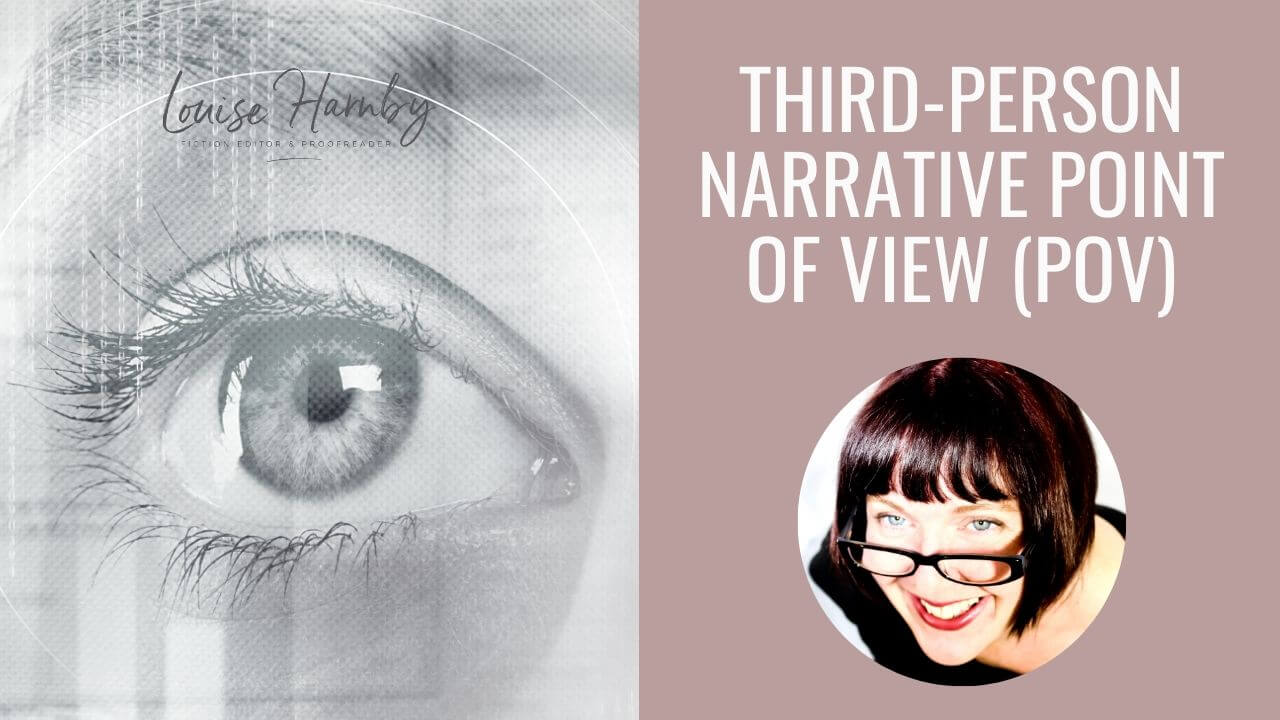
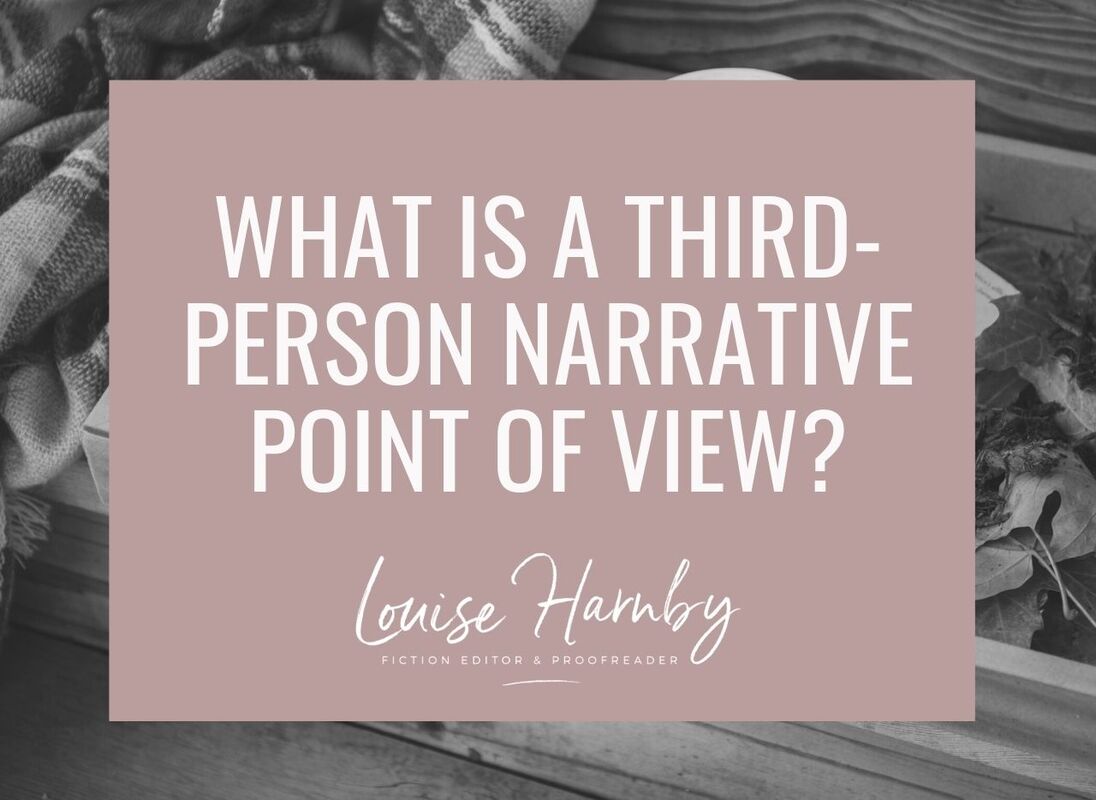
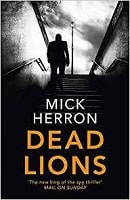
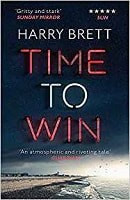
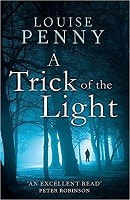
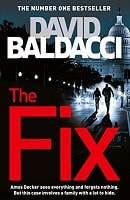
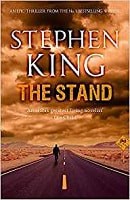
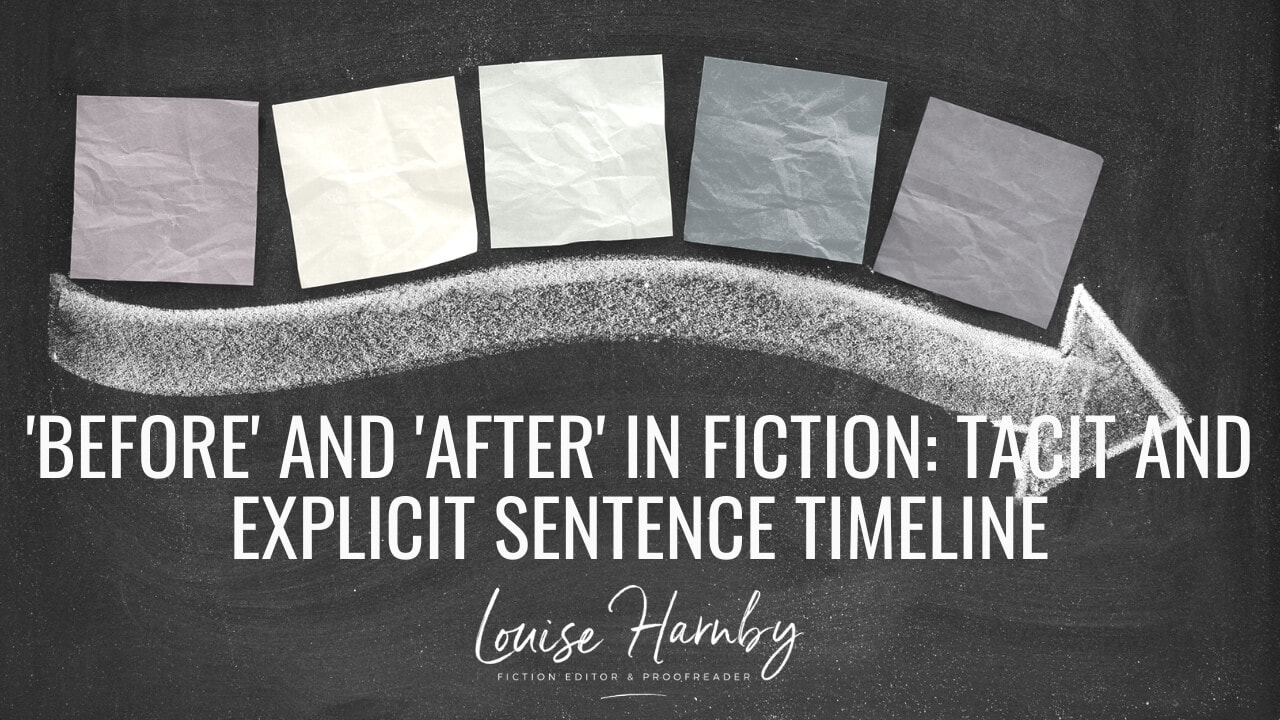
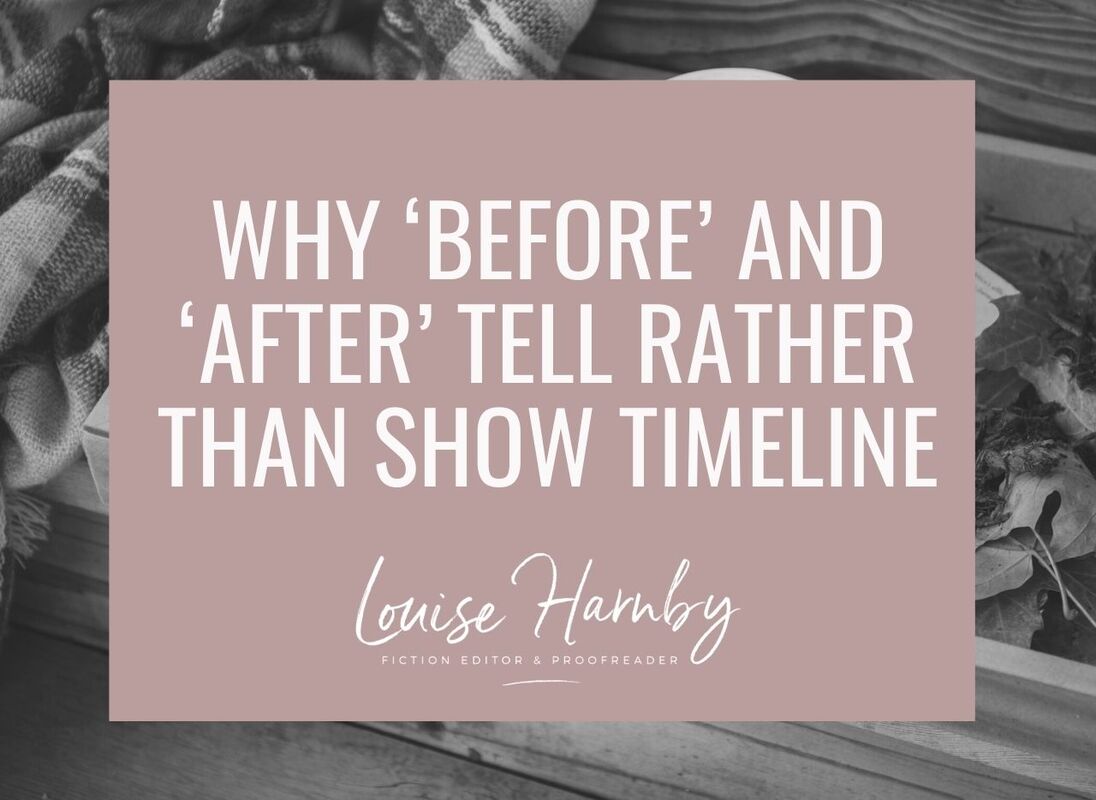
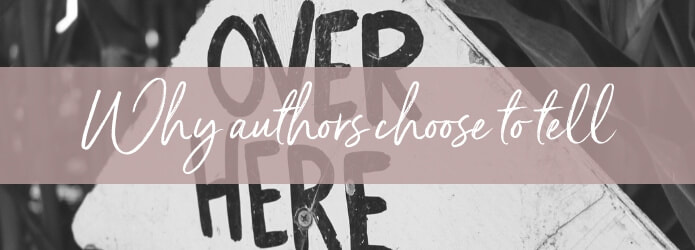
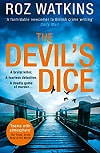
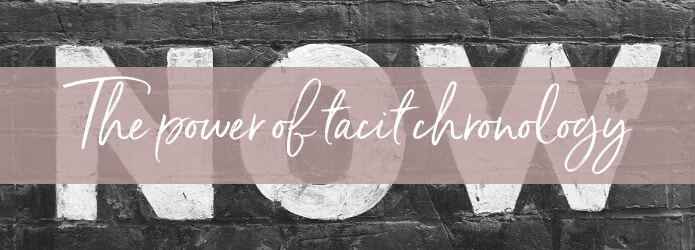
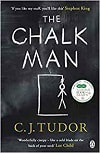

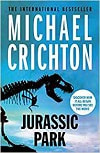
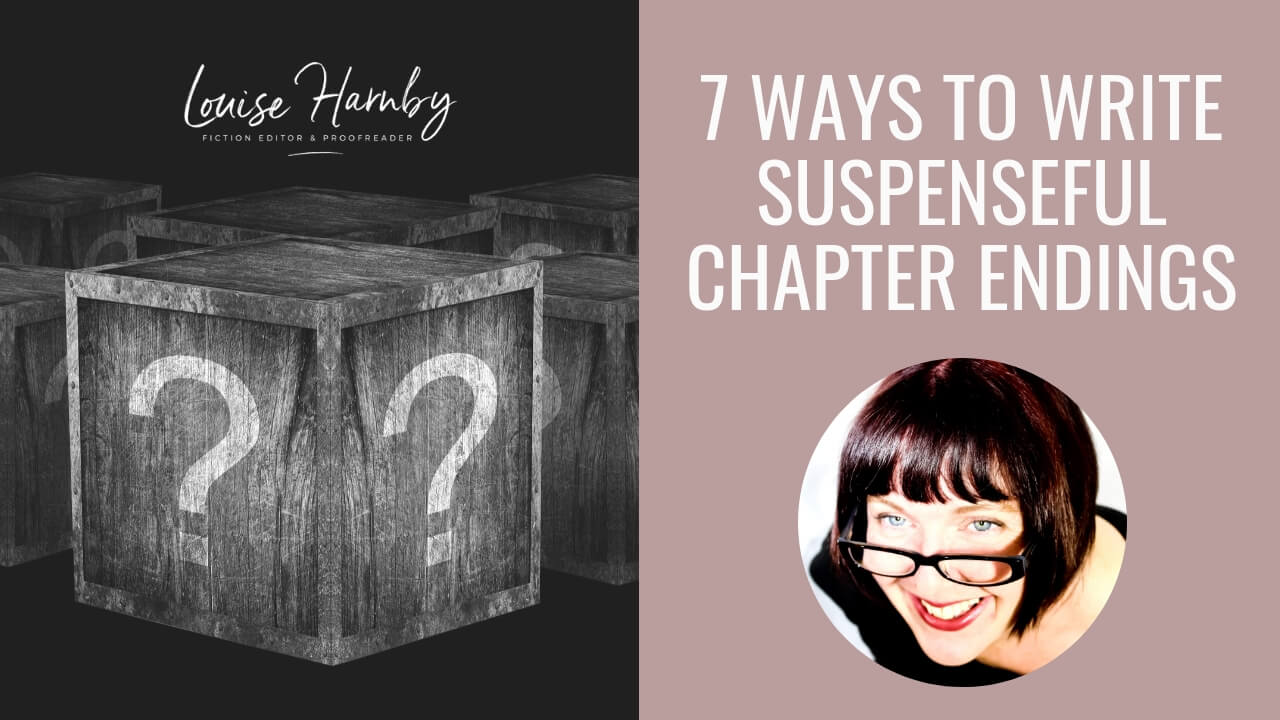
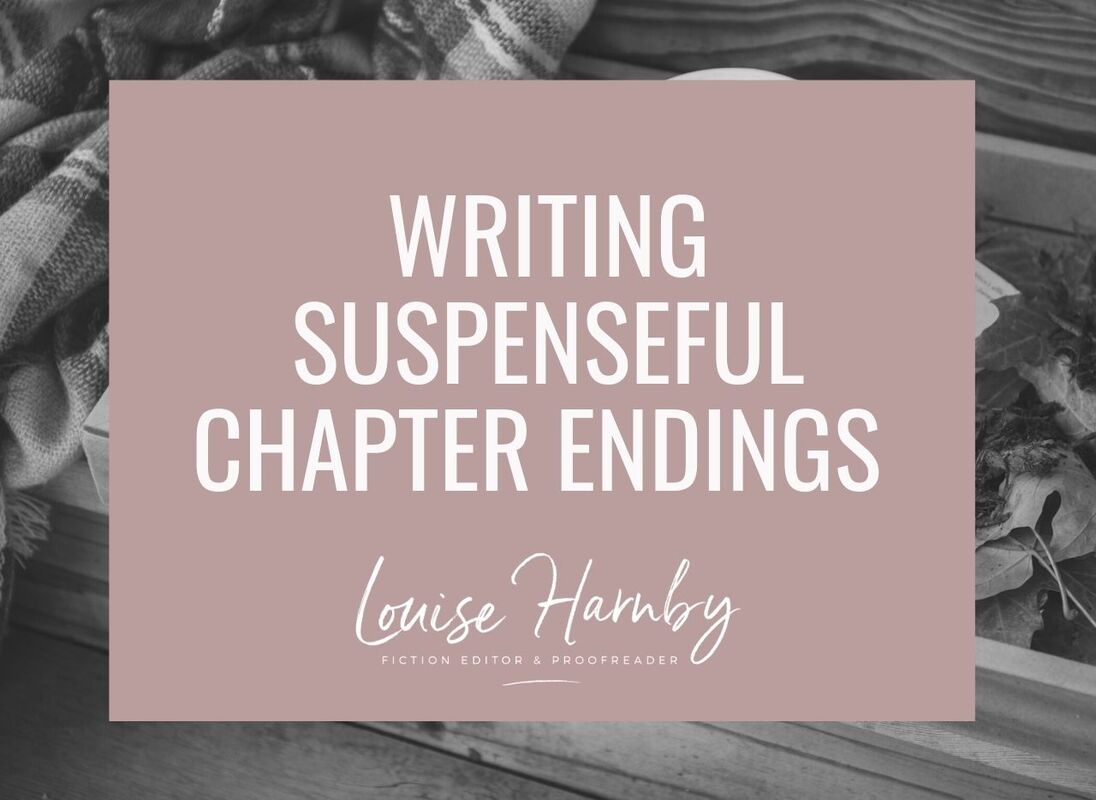
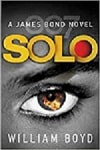
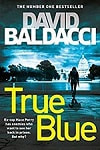
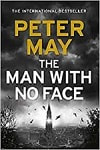
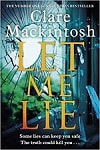
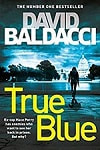
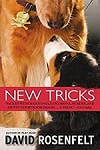

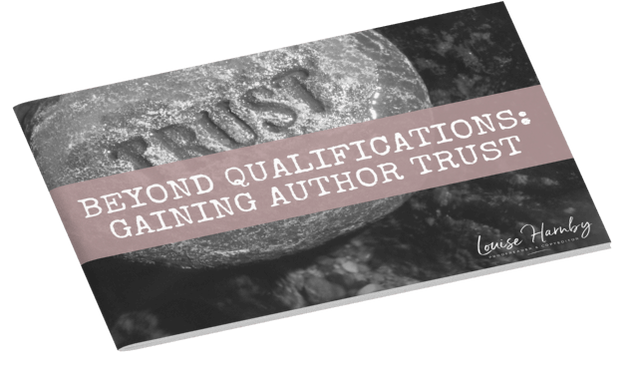
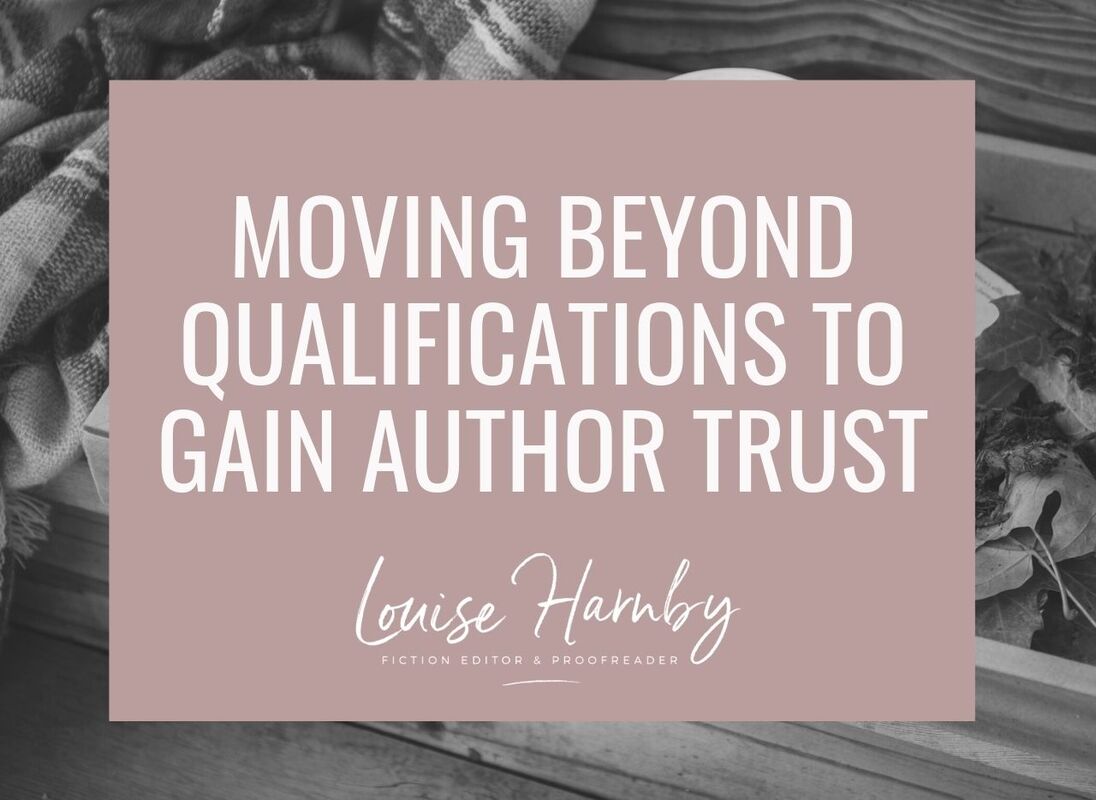













 RSS Feed
RSS Feed





